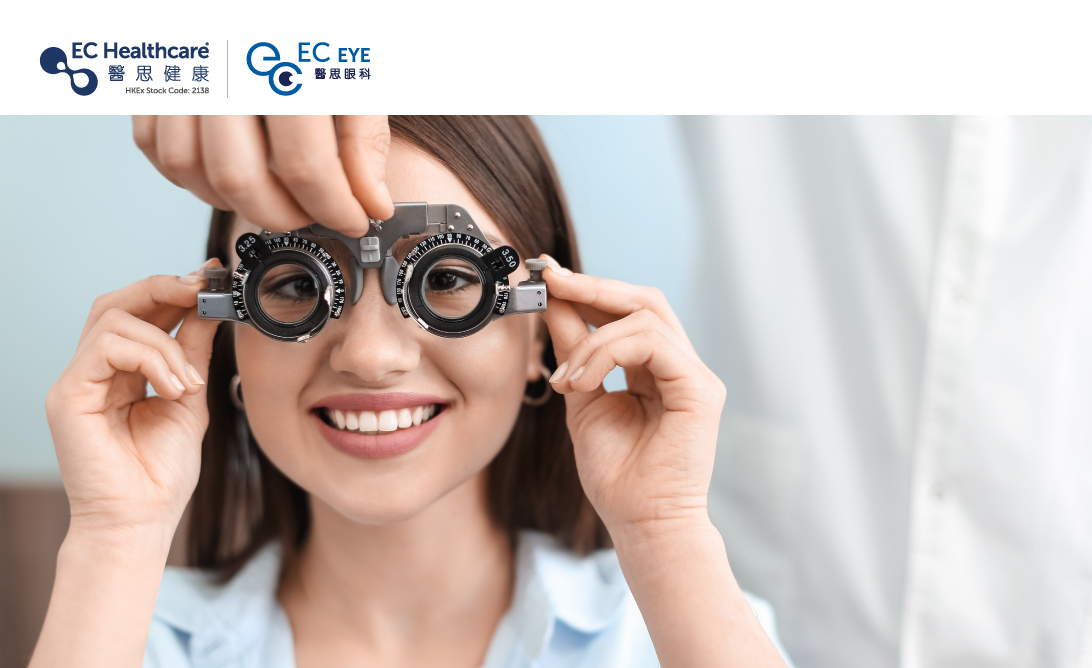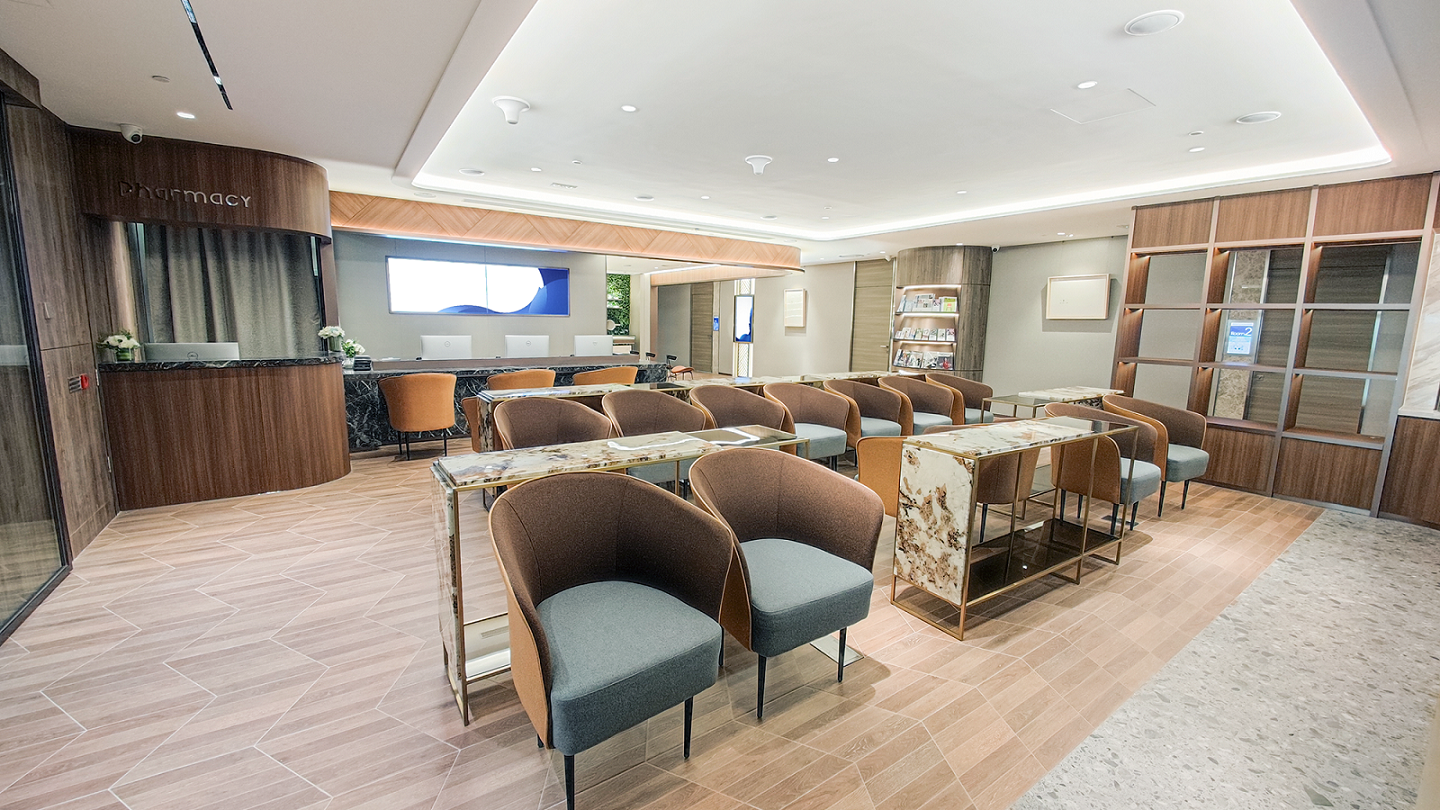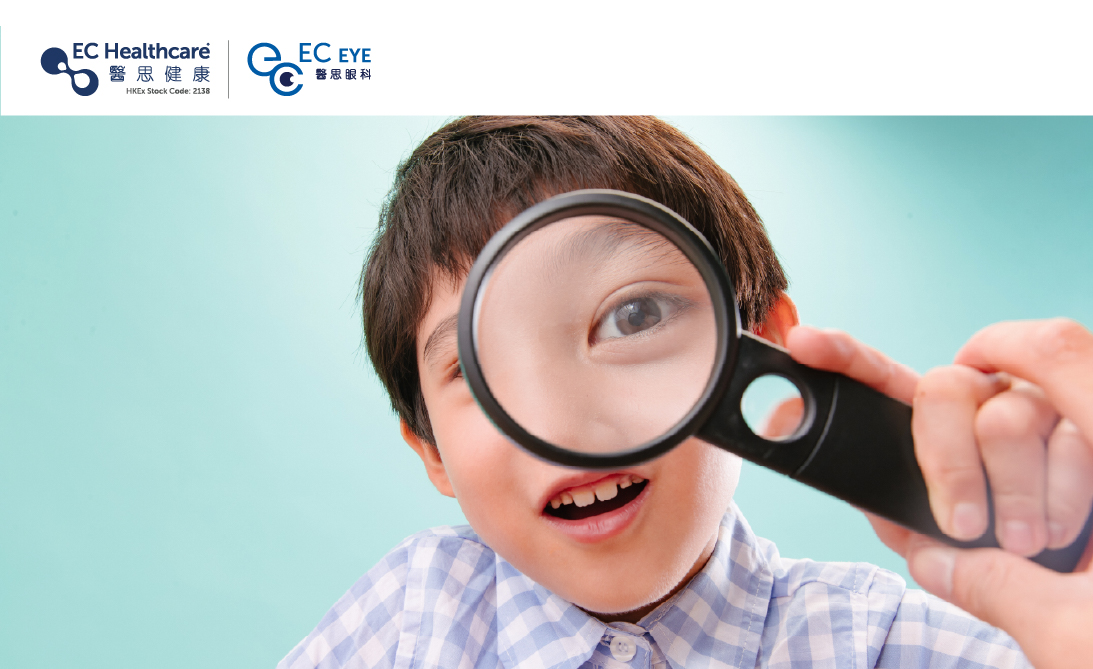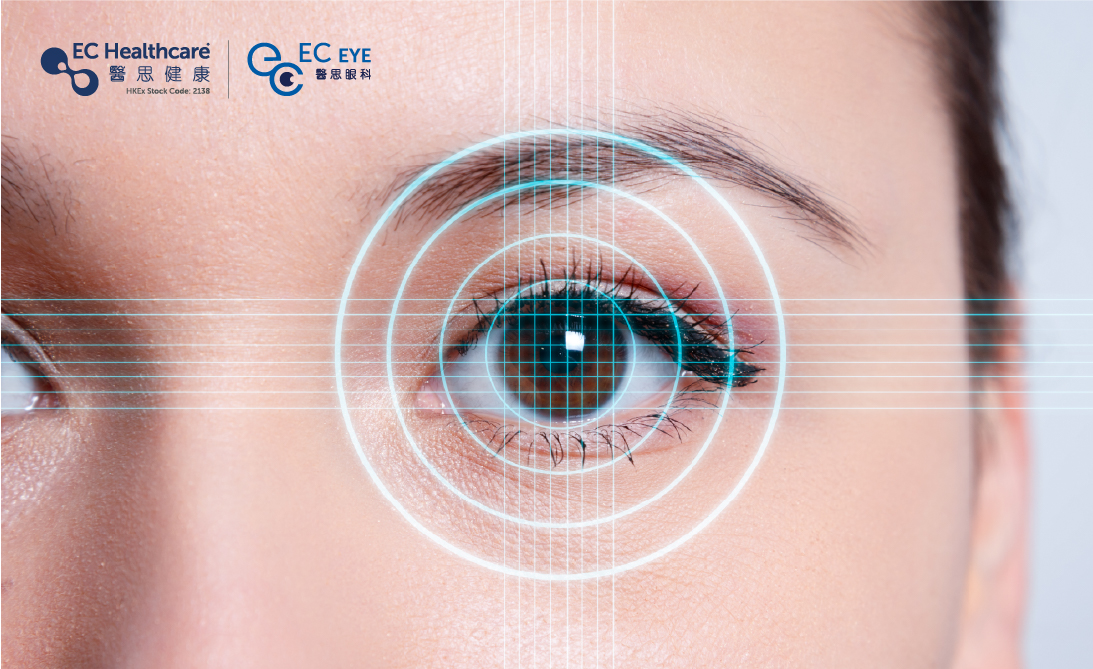Decoding the Differences between Two Advanced Laser Vision Correction Techniques


As laser vision correction technology continues to advance, an increasing number of individuals with myopia are considering surgical options for vision correction. Currently, there are two primary techniques in focus: "Lasik" and "Smile". Understanding the distinctions, advantages, disadvantages, and how to make an informed choice is paramount. Let's turn to the expert guidance of an ophthalmologist to shed light on this matter.
Pros and Cons of Each Technique:
-LASIK
LASIK (Laser-Assisted in Situ Keratomileusis) is a laser-based procedure that involves reshaping the cornea to correct the curvature of the eye. By redirecting light to the central macular region of the retina, LASIK achieves the desired outcome of reduced dependence on glasses.
Pros:
The technique has been in existence for over two decades, with a significant number of clinical cases.
It is suitable for most nearsighted individuals, as there are fewer limitations on the degree of myopia.
Cons:
The procedure involves creating a corneal flap, resulting in a wound of approximately 20mm in size.
There is a risk of corneal flap displacement.
The cornea may require up to a month for full recovery.
-SMILE
SMILE (Small Incision Lenticule Extraction) is a relatively newer laser vision correction technique. Unlike LASIK, it does not involve creating a corneal flap or reshaping the cornea. Instead, SMILE utilizes a small incision to precisely remove a lenticule of corneal tissue, thereby altering the curvature of the cornea.
Pros:
The surgery can be completed in just 10 minutes.
The incision size is no larger than 4mm, leading to a lower risk of infection.
The corneal recovery period is typically around one week or slightly longer.
Cons:
Individuals with high degrees of myopia or astigmatism may not be suitable candidates for SMILE.
Who is not suitable for the procedure?
Under normal circumstances, individuals who are 18 years old or older and have had stable vision over the past year are suitable candidates for laser vision correction. However, certain individuals may not be suitable, including:
-Those with unstable eye prescription, showing a tendency of increasing.
-Those with excessively thin corneas.
-Those with high degrees of myopia (e.g., over 1,000 degrees) or astigmatism (over 300 degrees) may not be suitable for SMILE.
-Those with inadequate tear production.
-Those with a history of corneal damage or infection.
-Those with conditions such as keratoconus or forme fruste keratoconus.
-Those with eye conditions like cataracts, glaucoma, retinal detachment, etc.
-Those with autoimmune diseases such as rheumatoid arthritis, systemic lupus erythematosus, etc.
-Those requiring long-term use of steroids.
-Pregnant or breastfeeding women.
Before undergoing the procedure, a specialized ophthalmologist will conduct a detailed eye examination for nearsighted individuals to determine the health of the cornea and whether they are suitable candidates for LASIK/SMILE.
Related Brands



